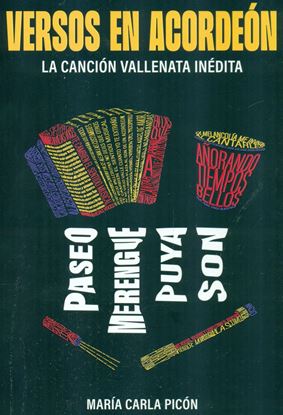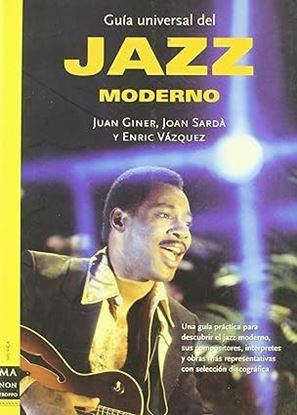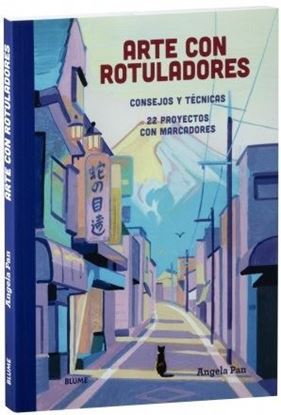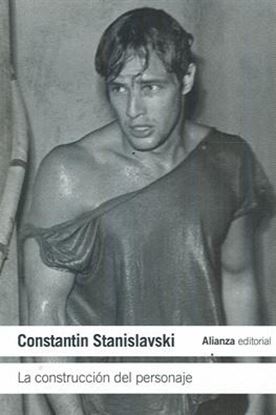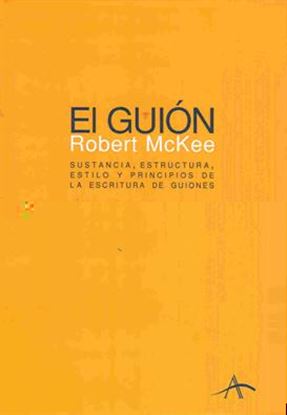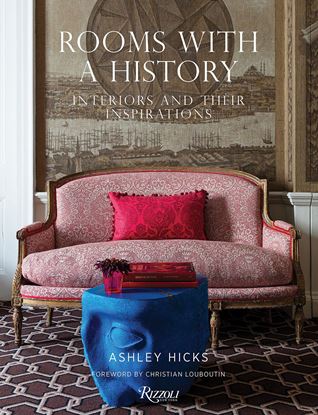

GUIA UNIVERSAL DEL JAZZ MODERNO
Una guía práctica para descubrir el jazz moderno, sus compositores, intérpretes y obras más representativas con selección discográfica.
Una obra destinada a quienes deseen aproximarse de forma fiable y precisa a la realidad histórica y presente del jazz moderno. En otras palabras, este volumen permite situar en el mapa a los principales protagonistas del jazz actual, tanto los consagrados como los secundarios y los novísimos más relevantes, de un modo riguroso y ameno.
Se trata de una apasionante revisión del jazz moderno, a través de los perfiles biográficos de sus figuras más reconocidas
1,150
ARTE CON ROTULADORES
Versátiles y accesibles, los rotuladores son una herramienta artística esencial tanto para artistas principiantes como experimentados.
Aprenda a manejar su juego de rotuladores y a dominar realmente este medio bajo la experta orientación de la artista y educadora Angela Pan.
22 proyectos paso a paso que le mostrarán cómo crear impresionantes paisajes y escenas urbanas utilizando sus rotuladores de pintura.
1,150
LA CONSTRUCCION DEL PERSONAJE
Fundador en 1897 del Teatro del Arte de Moscú, la figura de Constantin Stanislavski (1863-1937) ocupa un puesto destacado en la reformulación de la labor interpretativa planteada a principios del siglo XX a causa de su empeño en desarrollar una concepción teatral basada en la adecuada ambientación de cada obra y en la preparación psicotécnica del actor. La construcción del personaje, su último libro, fue publicado postumamente, y el tratamiento de los temas que en él se abordan -la caracterización física de los autores, el vestuario, la expresión corporal, la plasticidad del movimiento, la contención y el control, la dicción y el canto, la acentuación y la expresividad, el ritmo en el movimiento y el lenguaje, la ética teatral, etc.- da fe de la riqueza de experiencias, el talento didáctico y el sentido dramático del gran actor y director de escena.
1,150
EL GUION. STORY
Ilustrado con muestras de guiones clásicos (Casablanca, Chinatown, etc.), McKee analiza cómo está construida cada escena para que funcione y, lo que es más importante, por qué funciona. Por su profunda comprensión de los mecanismos que mueven las historias y su original método de enfocar la redacción de guiones, El Guión constituye una herramienta imprescindible para todo aquel que quiera llevar una idea a la pantalla.
1,100


